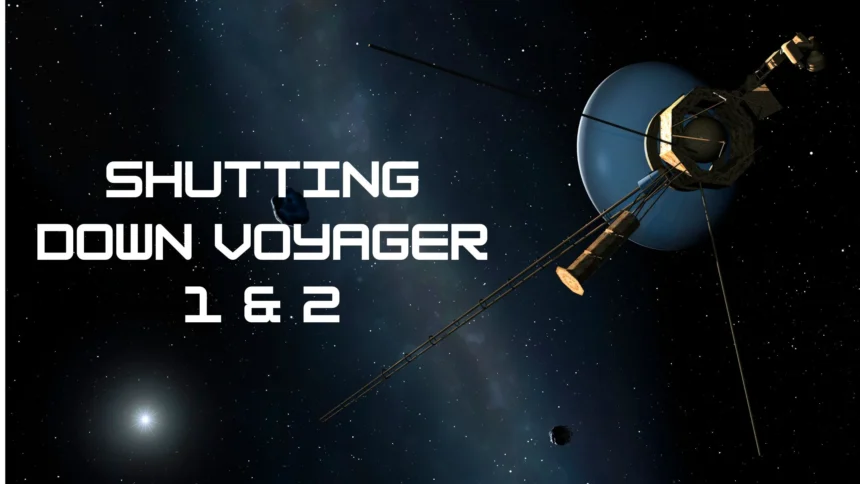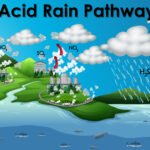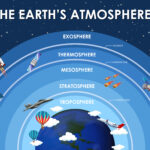After an extraordinary journey spanning over four decades, NASA is shutting down Voyager 1 and 2. These spacecraft launched in 1977 provided invaluable insights into our solar system and beyond. Their impending shutdown marks the end of an era in space exploration.
Introduction
In the vast expanse of space, two spacecraft have journeyed farther than any others: Voyager 1 and Voyager 2. Launched in 1977, these twin probes embarked on missions that would unveil the mysteries of our outer planets and venture into interstellar space. However, as with all technological marvels, time imposes limitations. NASA is shutting down Voyager 1 and 2, a decision influenced by diminishing power and the need to preserve remaining resources. But what does this mean for the future of space exploration?
Read also: Detecting Life on Mars: A Breakthrough in Space Research
The Legacy of Voyager 1 and 2: A Journey Beyond the Known Universe
1. Key Milestones
- Voyager 1: After completing its primary mission, Voyager 1 continued into interstellar space, becoming the first human-made object to do so.
- Voyager 2: Notably, Voyager 2 is the only spacecraft to have visited Uranus and Neptune, providing unprecedented data on these distant planets.
2. Scientific Contributions
- Planetary Discoveries: Both spacecraft delivered detailed images and data of Jupiter, Saturn, Uranus, and Neptune, enhancing our understanding of their atmospheres, rings, and moons.
- Interstellar Insights: Beyond the solar system, the Voyagers offered unique data on cosmic rays, magnetic fields, and the characteristics of interstellar space
3. The Golden Record
Each Voyager carries a Golden Record, a phonograph record containing sounds and images selected to portray the diversity of life and culture on Earth. This message was intended for any potential extraterrestrial finders, encapsulating the essence of humanity.
Read also: 10 Rare Celestial Omens That Sparked Awe and Fear Across Cultures
4. Interstellar Mission
- After completing their primary planetary missions, the spacecraft was repurposed for the interstellar mission, traveling beyond the influence of the Sun’s gravity into interstellar space, providing scientists with invaluable data on cosmic radiation, magnetic fields, and the environment of space between stars.
5. Technological Innovation
- The Voyagers were equipped with cutting-edge technology for their time, including sophisticated imaging systems, spectrometers, and other scientific instruments that allowed them to capture and send data over vast distances. The Radioisotope Thermoelectric Generators (RTGs) provided the necessary power for the spacecraft for decades.
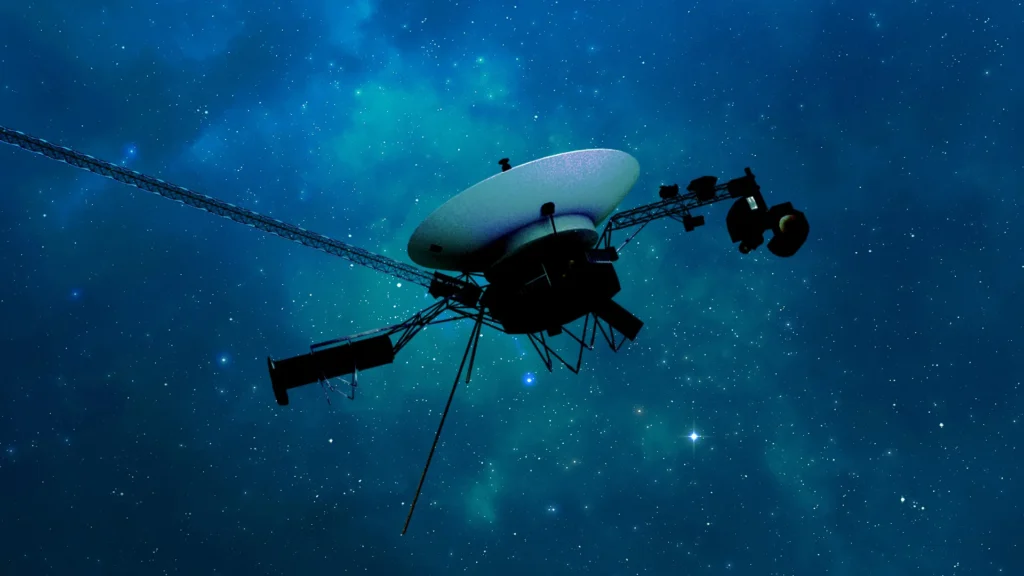
6. Autonomous Operations
- Given the vast distances between the spacecraft and Earth, the Voyager missions were designed to operate autonomously. They could execute pre-programmed commands, monitor their systems, and make minor course adjustments without the need for immediate instructions from Earth.
Read also: Mysterious Phenomenon at the Heart of the Milky Way Hints at a New Dark Matter Suspect
7. Data Transmission Across Vast Distances
- Despite the increasing distance from Earth, the Voyager spacecraft was able to continuously transmit data back to Earth. The signals, which take hours to reach Earth, were received by NASA’s Deep Space Network, a set of large antennas designed to capture weak signals from deep space.
8. Scientific Discoveries
Some of the key scientific contributions from the Voyager missions include:
- Jupiter’s Great Red Spot: Voyager 1 and 2 provided the first detailed images of Jupiter’s Great Red Spot, confirming it as a massive, long-lasting storm.
- Rings of Saturn: Voyager 1 revealed new details about Saturn’s complex ring system.
- Uranus and Neptune: Voyager 2 provided the first direct observations of Uranus and Neptune, revealing their unique characteristics, including Neptune’s Great Dark Spot and Uranus’ tilted axis.
9. Enduring Legacy
- Although both spacecraft are in the final stages of their missions, the data they have collected over the years continues to be analyzed and will impact the future of space science for decades. Their interstellar journey provides a unique opportunity to study the region of space beyond our solar system, contributing significantly to our understanding of space physics.
10. Mission Milestones
- Voyager 1 became the first human-made object to enter interstellar space in 2012, while Voyager 2 followed in 2018.
- Both spacecraft have sent valuable scientific data from beyond the heliopause, marking a new era of space exploration as they venture into regions never before studied.
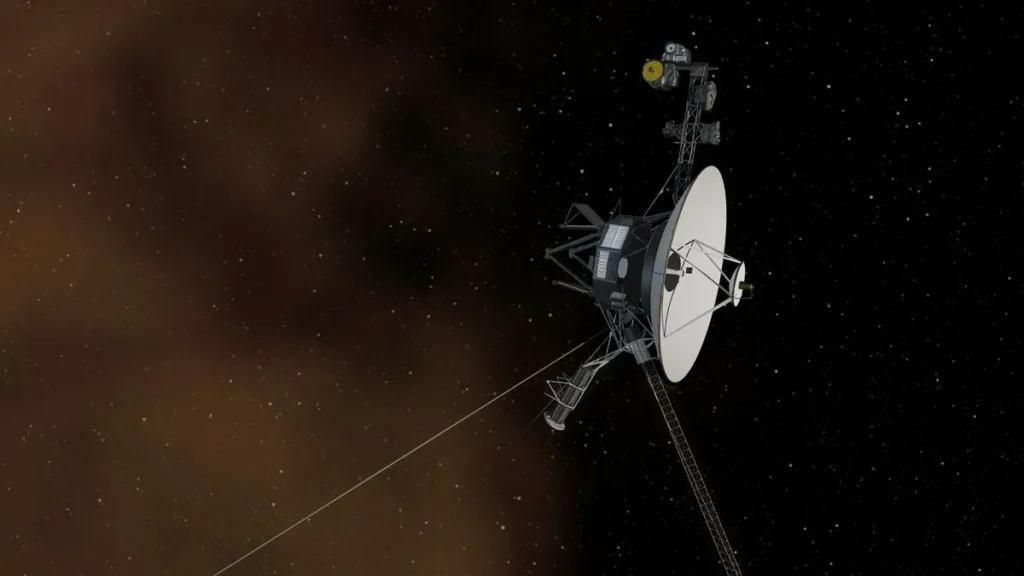
Why NASA is Shutting Down Voyager 1 and 2
Power Limitations
The Voyagers are powered by radioisotope thermoelectric generators (RTGs), which convert heat from radioactive decay into electricity. Over time, the plutonium-238 fuel in the RTGs decays, leading to a decrease in power output. NASA engineers have been managing this decline by turning off non-essential systems. For instance, Voyager 1’s cosmic ray subsystem was deactivated in February 2025, and Voyager 2’s low-energy charged particle instrument is scheduled for shutdown in March 2025.
Budget Constraints
Maintaining communication with spacecraft billions of miles away requires significant resources. As NASA reallocates funds to newer missions, sustaining the Voyager program becomes increasingly challenging.
Last Contact and Shutdown Timeline
NASA anticipates that by 2025, the combined power from both Voyager spacecraft will be insufficient to operate any scientific instruments. At this point, the mission will officially conclude, though the spacecraft will continue its journey through interstellar space.
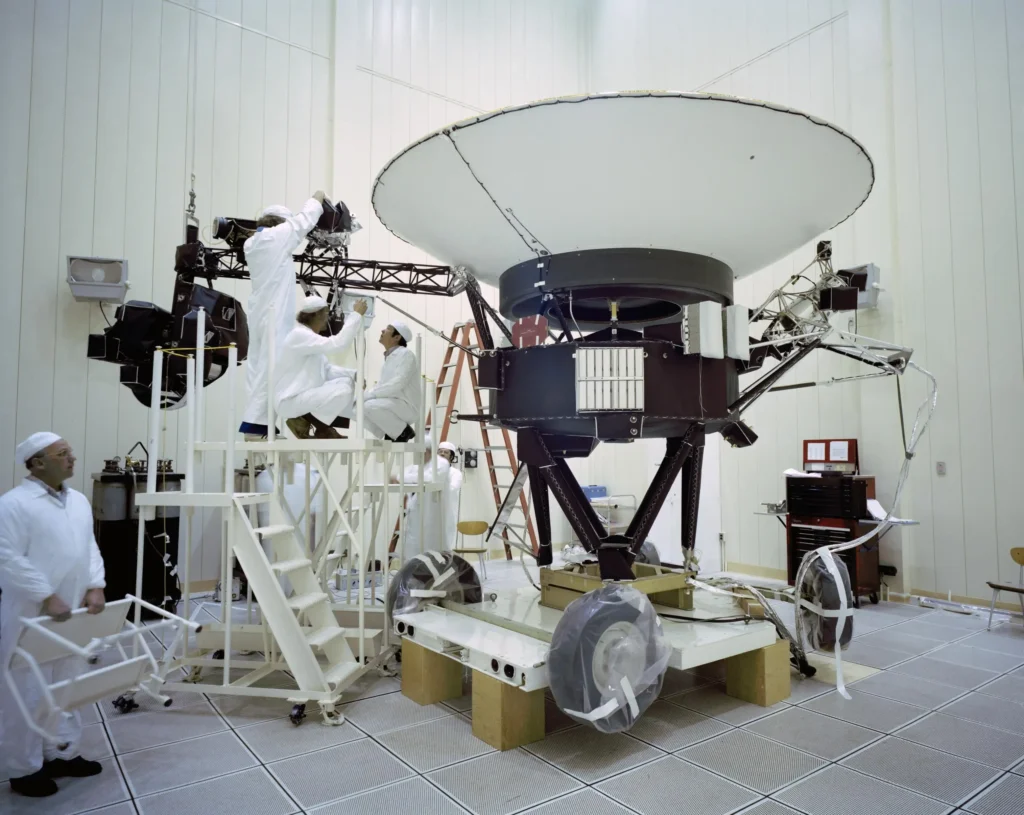
Read also: Mysteries of the Deep: Recent Discoveries from Ocean Expeditions
What Does This Mean for the Future of Space Exploration?
Continued Legacy of Voyager Data
The data collected by the Voyagers will continue to influence space science for years. Researchers will analyze this information to study cosmic phenomena, interstellar medium properties, and more.
New Space Missions on the Horizon
While the Voyagers’ missions conclude, NASA and other space agencies are launching new endeavors. Missions like the James Webb Space Telescope aim to explore the cosmos in unprecedented detail, building upon the foundations laid by the Voyager program.
Implications for Space Research
The end of the Voyager missions highlights the need for sustainable mission planning, considering both technological lifespans and budgetary constraints. Future missions will benefit from the lessons learned during the Voyager era.
Read also: Uncovering the Hidden Wonders: 7 Unique Planets in Our Solar System
Public Reaction and Cultural Impact
Public and Scientific Community’s Response
The announcement of the Voyager shutdown has elicited responses from scientists and the public alike. Many express gratitude for the wealth of knowledge gained, while others mourn the end of an iconic mission.
Impact on Popular Culture
The Voyager missions have inspired numerous cultural works, from films to literature, reflecting humanity’s fascination with space exploration. The Golden Record, in particular, has captured imaginations worldwide.
Read also: Living on Mars: The Shocking Truth About How Close We Are to Making It a Reality in 2025
Key Takeaways
- NASA is shutting down Voyager 1 and 2 due to power limitations and budget constraints.
- The Voyagers have provided invaluable data on our solar system and interstellar space.
- Their legacy will influence future space research and missions.
- Cultural impacts of the Voyager missions continue to resonate globally.
Final Thoughts
The decision to shut down Voyager 1 and 2 signifies the end of an era in space exploration. After more than four decades, these twin spacecraft have accomplished what seemed impossible when they were first launched in 1977. They have traversed vast distances, provided invaluable scientific data, and sent humankind’s message to the stars in the form of the Golden Record. Their shutdown is a bittersweet moment for scientists and space enthusiasts alike, but their legacy will live on in the data they have collected and the cultural impact they have had.
As NASA turns its focus to new space missions and the next generation of spacecraft, we must acknowledge that the Voyager missions laid the foundation for future exploration. The data they have transmitted will continue to be studied for years to come, shaping the way we understand the universe. The shutdown of these spacecraft does not mark the end of space exploration—it is merely a new chapter, one that will be guided by the lessons learned from Voyager 1 and 2.
As we look to the future, the voyages of these two spacecraft remind us that space exploration is a long-term endeavor. It is a journey that requires patience, vision, and a willingness to push the boundaries of what is possible. While the technology of Voyager may have reached its limits, the mission itself remains an enduring testament to humanity’s quest for knowledge and our place in the cosmos.
FAQs
1. What will happen to the Voyager spacecraft after the shutdown?
After the shutdown, the Voyager spacecraft will continue its journey through interstellar space, carrying on its mission of exploration.
2. Why is NASA ending the Voyager mission?
NASA is ending the Voyager mission due to diminishing power from the spacecraft’s RTGs and the need to allocate resources to newer projects.
3. How will the data from Voyager continue to benefit space science?
The extensive data collected by the Voyagers will be analyzed for years, enhancing our understanding of cosmic phenomena and interstellar conditions.
4. What new missions is NASA planning after Voyager?
NASA is planning missions like the James Webb Space Telescope and the Artemis lunar program to continue exploring space.
5. How did the Voyager missions impact space exploration?
The Voyager missions revolutionized our understanding of the outer planets, provided the first direct observations of interstellar space, and set the stage for future deep space exploration.
6. When is the final shutdown of Voyager 1 and 2 expected to occur?
The final shutdown is expected around 2025 when the spacecraft’s power becomes insufficient to operate any scientific instruments.


